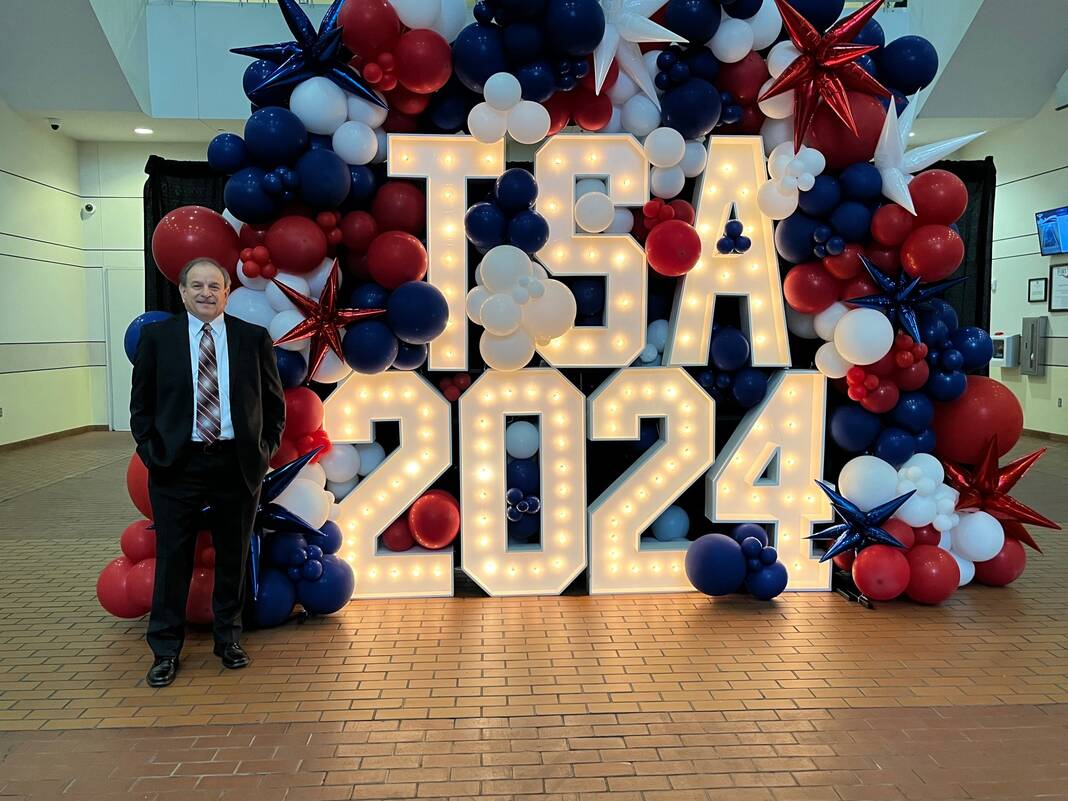EDINBURG, Texas (ValleyCentral) — A forensic study at the University of Texas at Rio Grande Valley is identifying migrant remains at the border.
The UTRGV study earned over $460,000 from a National Institute of Justice grant last month. The study will fund artificial intelligence to measure what’s called “cementum” in border remains.
Dr. Carina Marques, an assistant professor of anthropology and head of the study, explained the process called “cementochronology."
“During our life, our tooth roots, they accumulate cementum. So when you count the lines, you kind of know how long the person lived. And we're trying to do this AI approach and machine learning approach to this, because as you can imagine, it's really difficult to count the lines under the microscope.”
Dr. Marques says the new process is shaping up to have fewer errors than existing ones. She hopes to establish a rare platform for students who study cementochronology.
She assures the program will “integrate our students and give them a set of skills that are hopefully in high demand, but also relatively rare.”
As well, Dr. Marques hopes this will also bring closure to the families of the remains they identify.
She plans for the data to be shared with local agencies, law enforcement, and forensic scientists around the world.
The study runs from 2024 to 2026 and will be partnered with the University of Lille in France.
 (2).png)
 1 month ago
57
1 month ago
57








 English (US)
English (US)